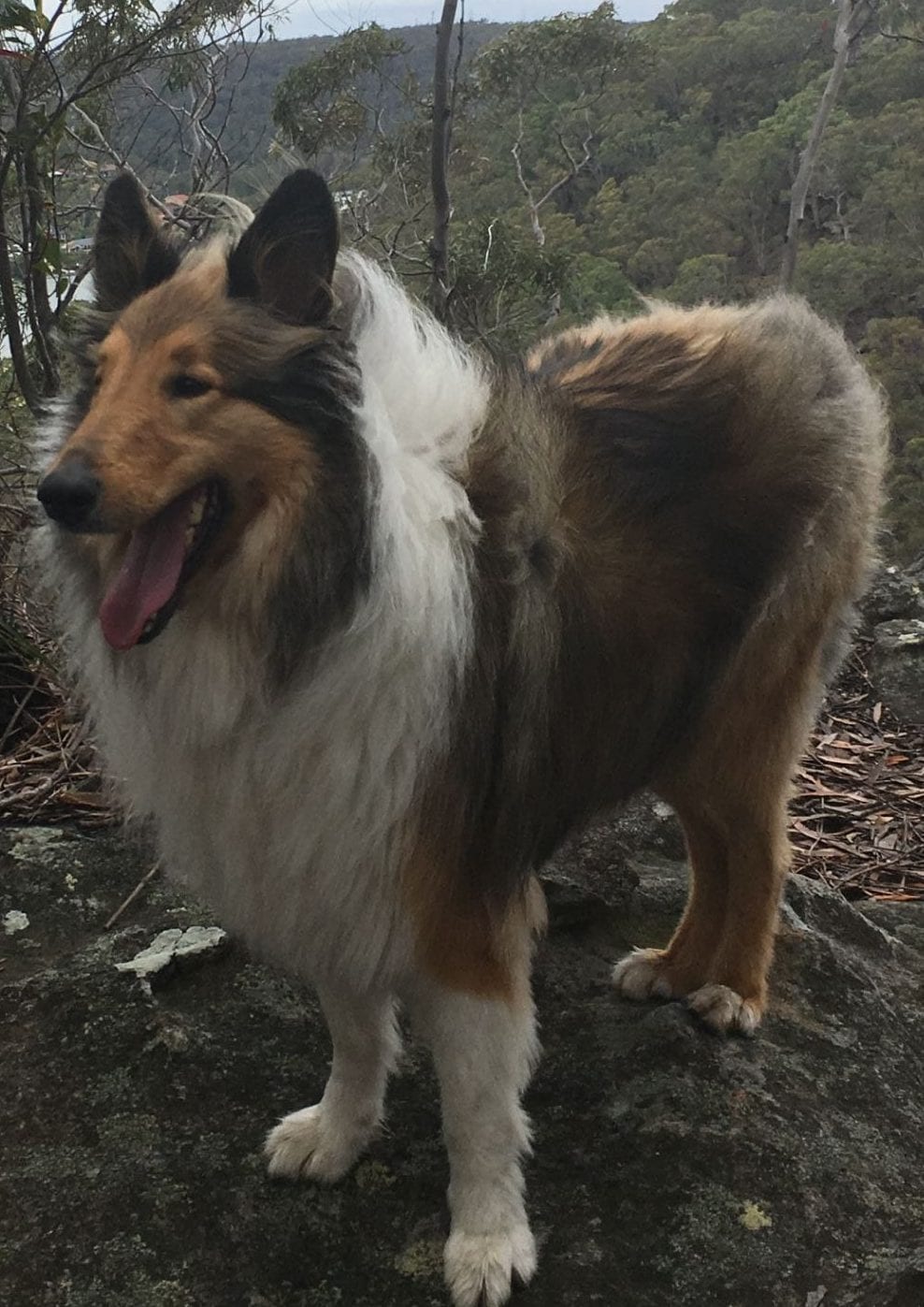The ever-changing world of information technology has seen the continued emergence of digital literature in various forms and with an abundance of features. According to the New South Wales government, digital texts can be audio, visual or multimodal texts that are created through digital or electronic technology and may be interactive and have animations and/or hyperlinks (New South Wales Department of Education, 2020).
From my exploration into the world of digital literature, it became evident that I was making relatively quick judgements about the value or worth of the digital texts. In my opinion, what makes a good digital text is something that is easy to use or navigate, and one that has lots of additional features that a printed text doesn’t have. In my opinion, in order to make the experience of a digital text worthwhile, it must have a range of features not afforded to printed texts, that provide an experience that is more enriching for the senses. The Lorax e-book app is an example of how a digital text utilises sound to provide an enriched experience for the reader. This is evident with the inclusion of music and relevant sounds to support the narrative.
Digital texts serve multiple purposes including allowing the narrative to be supplemented with multimedia such as video and interactive options. Furthermore, they also provide more opportunities for enhanced user engagement when the reader is able to determine their own experience with the literature. An example of this can be seen in the digital app The Lorax, whereby in addition to reading the narrative users can interact with the text, and also engage with other features such as the puzzles and memory games. However, it could be argued that choice is also available in some examples of printed text such as choose your own adventure style texts. Despite this, the ability for users of some digital texts to navigate through a range of features and choose which ones they interact with, and when, affords them greater user autonomy. Another significant benefit of digital literature is that technological changes and improvements also enable it to be continuously modified. Additional features may be added or updated information provided which can be particularly beneficial to non-fiction digital literature such as multimedia journalism. Journalists can easily add recent updates to a narrative which highlights the benefit of digital literature as being more easy to maintain its currency.
In comparing my experience of reading digital texts with reading print, it is clear that digital texts offer a greater opportunity for non-linear narratives than with reading print. However, print still does provide a more tactile experience with the smell and feel of a book. Printed text in the form of a book can be consumed by the reader without anyone else knowing. This is in contrast to a person’s use of digital literature that can be more easily scrutinised by others. One of the potential issues associated with reading digital literature compared to printed texts is that information about a person’s reading behaviour can be gathered by external organisations, potentially impacting on an individual’s privacy (Arts21, 2015, 17.00).
Through my experience in undertaking the investigation for this task, the digital text that I most enjoyed was Bear 71 VR as it encapsulated a range of current issues confronting humanity, and its interactive elements were intriguing. I was especially taken by this artefact, because as a HSIE Geography teacher resources that depict real life geographical issues are invaluable in the classroom. This kind of resource enables students to become more aware of what is happening in their world and can be easily incorporated into the Geography program. Specifically, one of the key competencies in the Stage 6 NSW Geography requires students to use appropriate information technologies in order to develop their competency in using technology (NESA, 2009). Furthermore, the Preliminary Course outcomes require students to use a range of maps and other tools such as photographs and fieldwork to conduct geographical inquiries and to examine the geographical nature of issues challenging humanity (NESA, 2009). Bear 71 VR would be an excellent virtual fieldwork resource for students to ensure that these outcomes are met. However, when adding this to a teaching program, it is important to consider that this digital text may trigger significant student emotional responses. Additionally, the controversial use of animal monitoring and human interference in their natural habitat may generate a wide range of student opinions and debate. This will need to be addressed as a form of debrief or analysis of the resource with students. Overall, I have gained a valuable insight into the world of digital literature through completing this task.
References
Allison, L. & Mendes, J. (2017). Bear 71 VR. National Film Board of Canada. https://bear71vr.nfb.ca/
Arts21. (2015, June 6). What is the value of books in the digital age? DW. https://www.dw.com/en/arts21-special-gutenberg-in-the-cyberstorm-the-value-of-the-book-in-the-digital-age/av-18559769
New South Wales Department of Education. (2020). Digital and multimodal texts. New South Wales Government. https://education.nsw.gov.au/teaching-and-learning/curriculum/key-learning-areas/english/ES1S3/professional-learning/digital-and-multimodal-texts
New South Wales Education Standards Authority (NESA). (2009). Geography stage 6 syllabus. https://www.educationstandards.nsw.edu.au/wps/portal/nesa/11-12/stage-6-learning-areas/hsie/geography
Oceanhouse Media. (2010). The Lorax by Dr Seuss (Version 4.1.1)[Mobile app]. Mac App Store. https://apps.apple.com/au/app/the-lorax-by-dr-seuss/id1067146012

